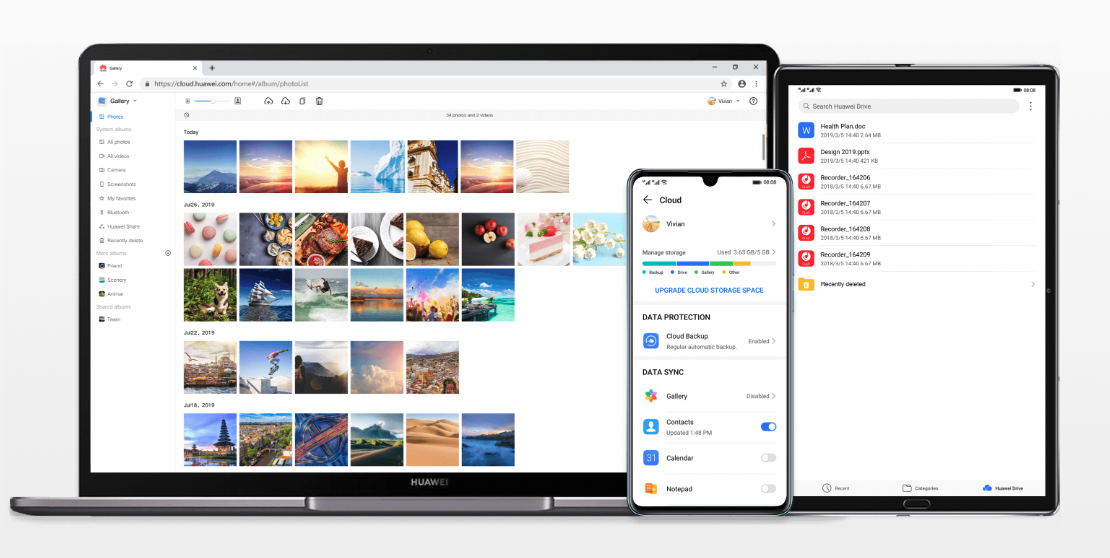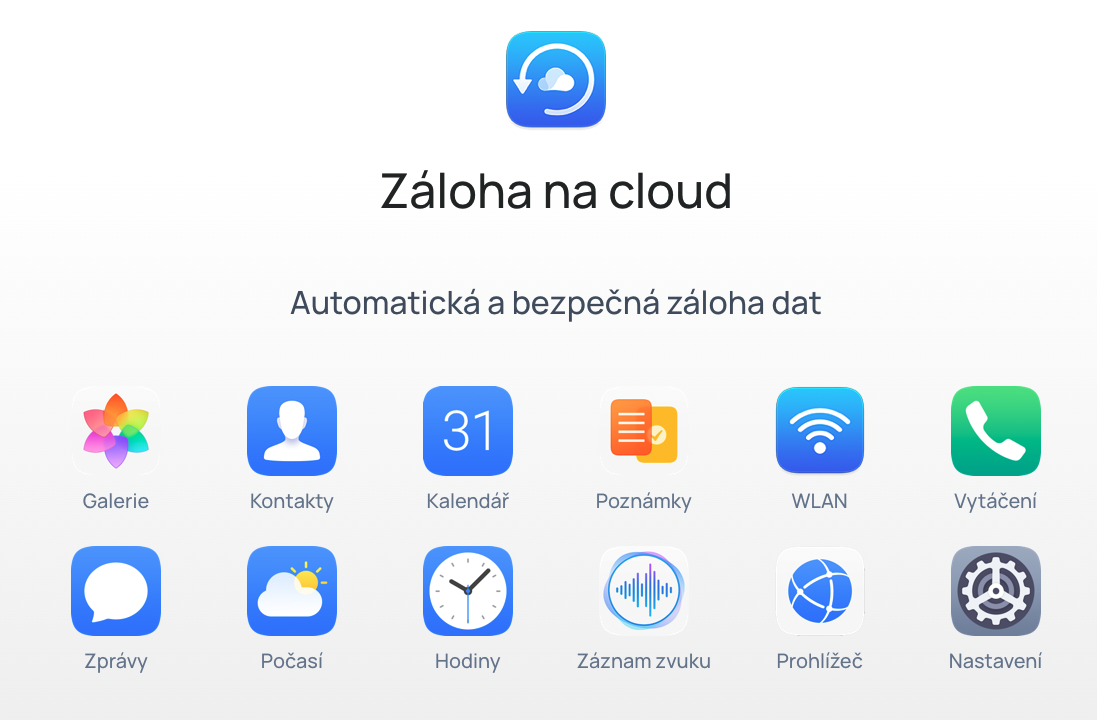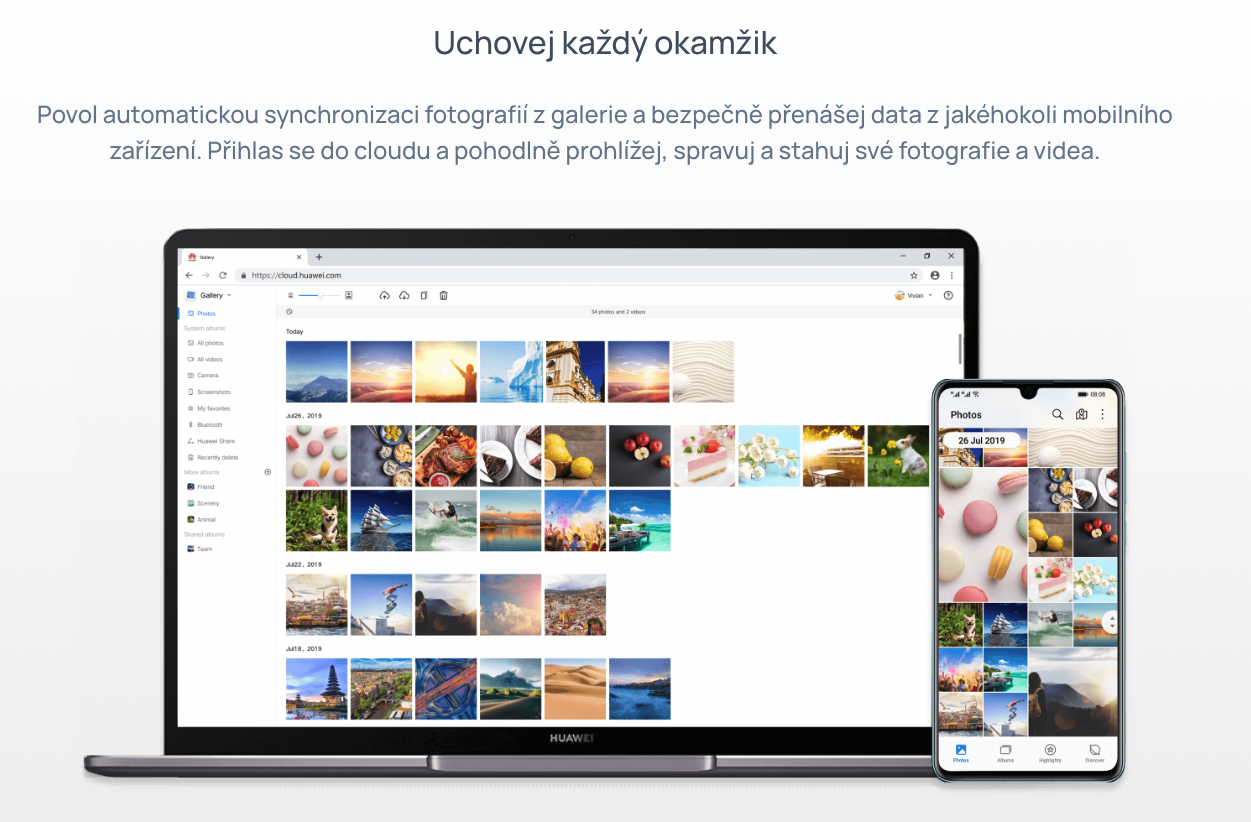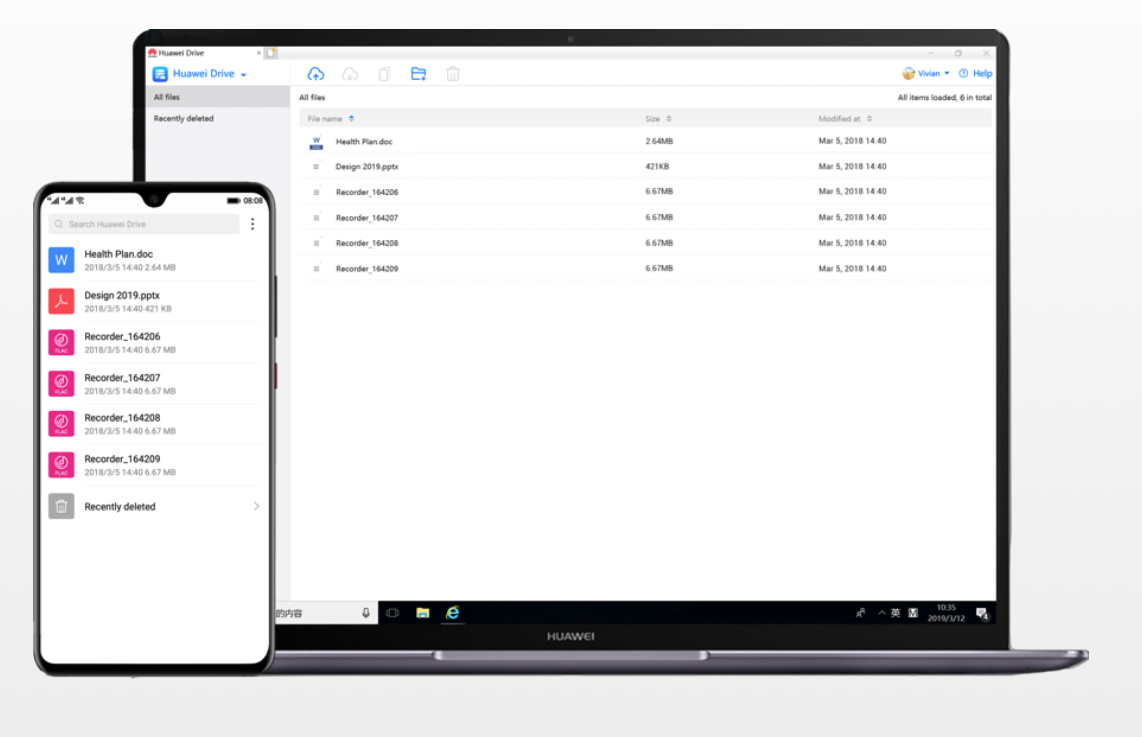Apple introduced its iCloud to us already in June 2011 and actually defined with it how we store data on the network outside of our devices, even though Microsoft's OneDrive has existed since 2007 (formerly known as SkyDrive). Google Drive came a year after iCloud. However, other manufacturers also have their cloud storage.
iCloud, OneDrive and Google Drive are comprehensive platforms providing all imaginable functions, where all three also offer, for example, their text editors, the possibility of creating tables, presentations, etc. In addition to data storage, iCloud can also back up Apple devices, and Google Drive can also back up Pixel phones. And this is exactly what the cloud services of many other mobile phone and tablet manufacturers are used for. It can basically be said that each has their own.
It could be interest you
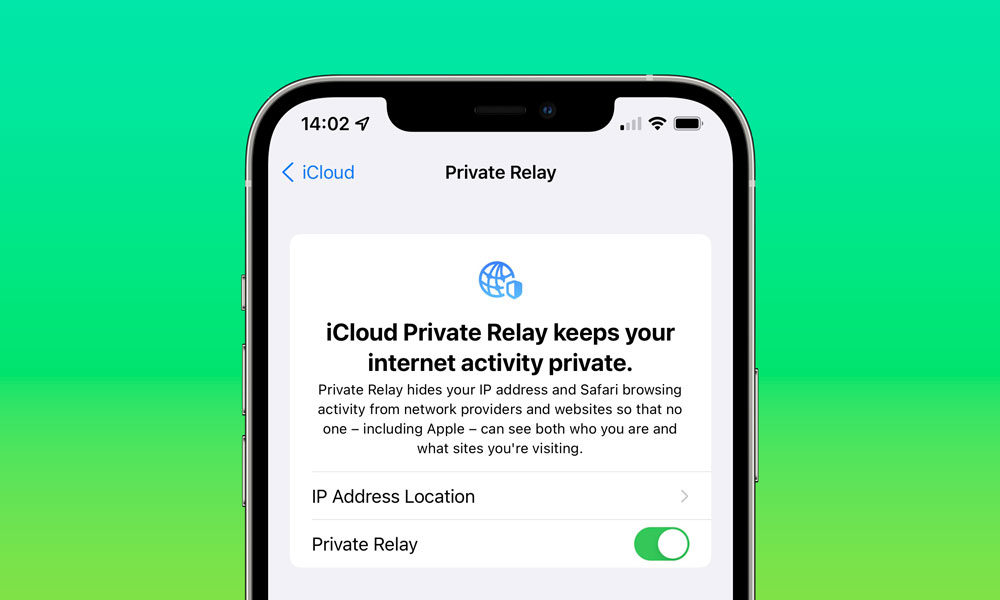
Samsung Cloud
It allows you to backup, sync and restore content stored on your device. You'll never lose anything important that way. If you change your phone, you won't lose any of your data, because you can copy it via Samsung Cloud - practically everyone offers this, but everyone calls it their brand. But Samsung is a little different, thanks to its close cooperation with Microsoft.

It is working with it to integrate its devices more closely into the Windows platform, but in return it already offers Microsoft services as a base, so you will find OneDrive in it after the initial launch of the Galaxy phone. Since September of last year, Samsung Cloud does not back up the photo gallery or the storage on its disk, because it refers to the use of Microsoft services and its OneDrive.
Otherwise, Samsung Cloud can back up and restore data, and everything imaginable - from recent calls, through contacts, messages, calendars, clocks, settings, home screen layout, etc. Since it only works with relatively small data, this cloud is free and without limiting its size. It used to offer 15GB.
It could be interest you
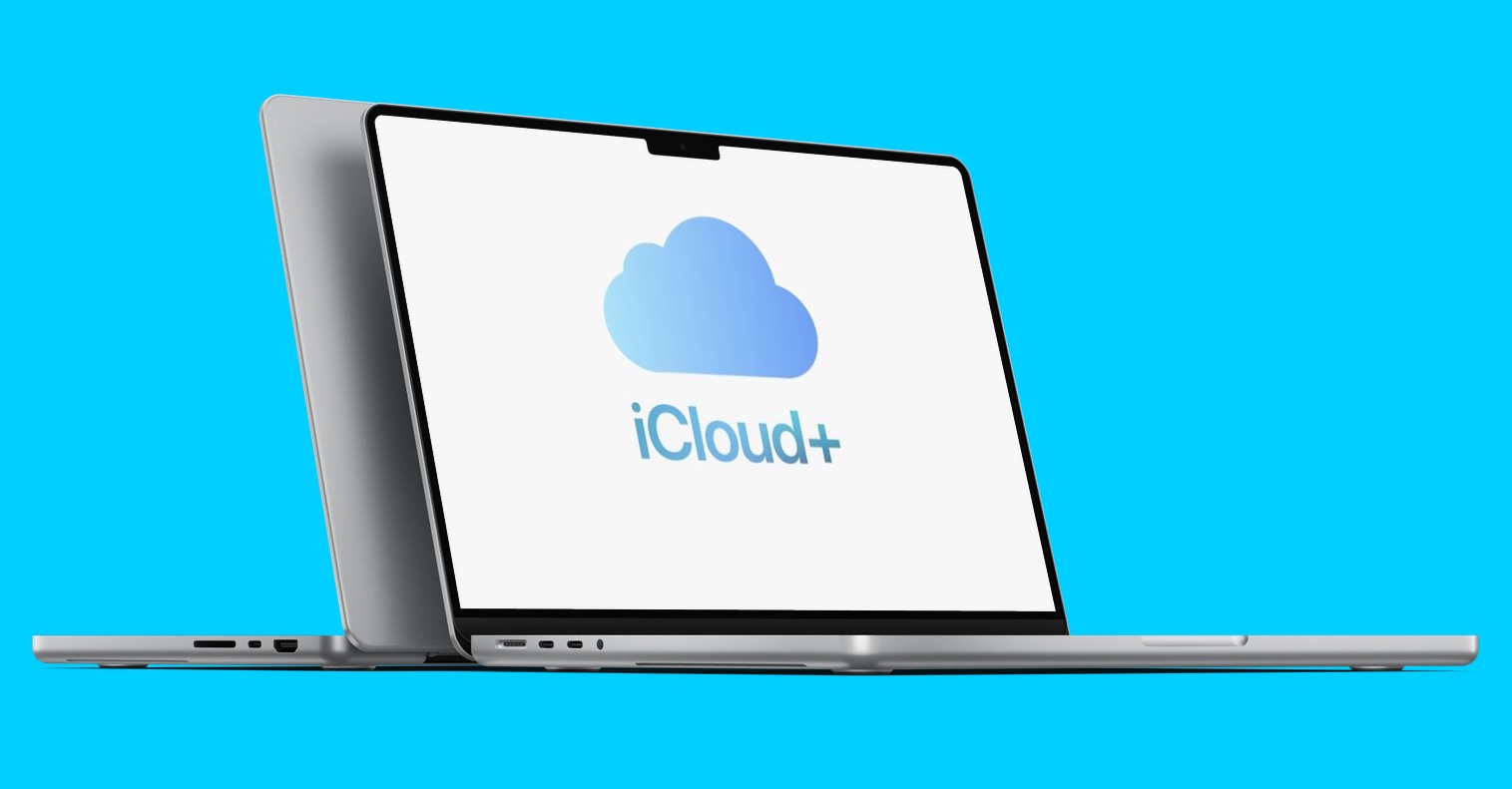
HUAWEI, Xiaomi and others
HUAWEI Cloud can also store photos, videos, contacts, notes and other important information. It can automatically synchronize photos from the gallery and, of course, restore them. It also offers its Huawei Disk for other data. It also offers a web environment, so you can operate everything from your computer. 5 GB should be free, for 50 GB you pay CZK 25 per month or CZK 300 per year, for 200 GB then CZK 79 per month or CZK 948 per year and for 2 TB of storage you pay CZK 249 per month.
Xiaomi Mi Cloud can do the same, it also offers the Find a device platform. Here, too, 5 GB is free, and apart from the regular tariffs, you can also subscribe to the service here for 10 or 60 years. In the first case, you get 50 GB for CZK 720, and in the second, 200 GB for CZK 5. This payment is a one-time payment. Oppo and vivo, the other two biggest players in the field of mobile phone sellers, also offer their cloud. Their options are more or less the same.
It could be interest you
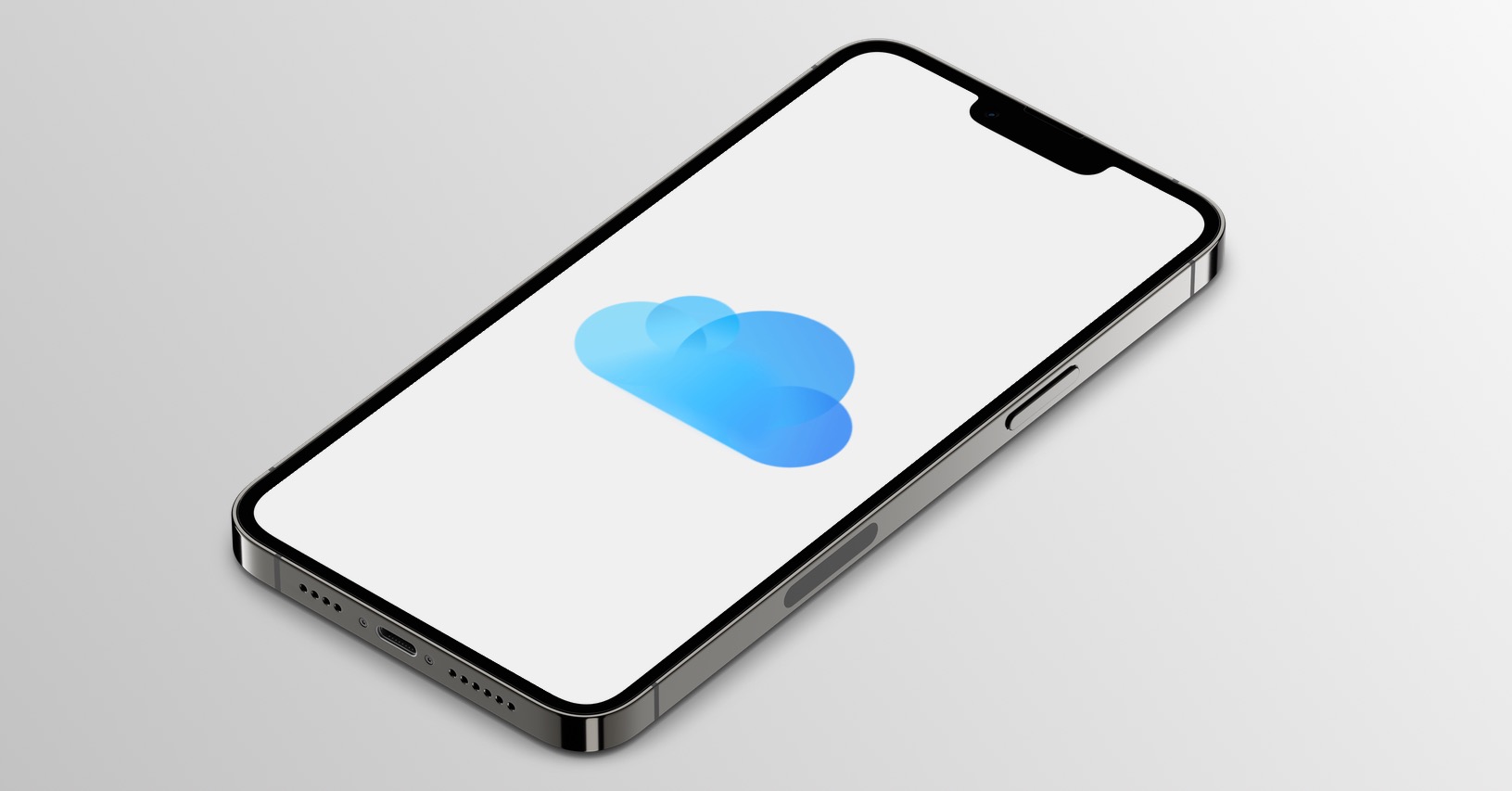
The benefits are obvious
The advantage of own clouds is mainly in saving data when switching to another manufacturer's device. So if you're changing your old phone to a new one and staying loyal to one brand, you shouldn't lose any data, contacts, messages, etc. But you can use other services to store photos, like Google Photos, and the same goes for data. Of course, Apple iCloud is only available on Apple devices, although it is also available on the web, and if you have an Apple ID, you can open it through a web browser on other devices as well.
 Adam Kos
Adam Kos 